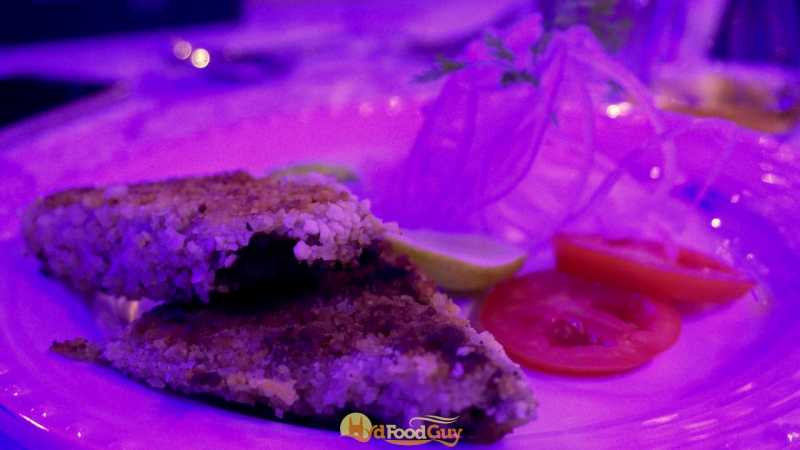Glenfiddich is a brand that needs no introduction. It’s both the world’s best-selling and the most awarded (at International Spirits Challenge) single-malt whisky. For many, it’s a brand that’s synonymous with single malts. Glenfiddich was established in 1887 by William Grant at Dufftown in Scotland. Over the past 120 years, Glenfiddich has not only survived but thrived due to the suave business acumen of Grant family. During the American prohibition, when most distillers were reducing production, Glenfiddich increased production due to the belief that the ban will be temporary. This enabled the company to be prepared for the sudden spike in demand for aged whisky once the prohibition was lifted. Later on, Glenfiddich became the first to market and export Single Malts in 1963, an era where most people were used to the consistency of the blended scotch. The initial shipment to the States proved to be a hit, and the demand took even Glenfiddich by surprise. The rest, as they say, is history. Others soon followed suit, and Single Malts went from being a well-kept secret of the Scots to a global phenomenon.
Last week, I received an invite from Glenfiddich to attend ‘Melting Malts’ dinner – a single malt and food pairing event at ITC Hyderabad. Whisky expert Anand Virmani adeptly guided us through the different courses accompanied by the different malts from Glenfiddich. We began the evening with Tali Subz Machli – a crispy, bread-crumb coated pomfret fillet paired with the Glenfiddich 12 Year Old. The Glenfiddich 12 Year Old was the single malt that began the era of the Single Malts in 1963. Eighty percent of the 12 Year Olds are matured in Bourbon casks while the remaining are matured in Sherry casks. The former is responsible for the dominant honey and vanilla notes, while the Sherry casks lend it a little bit of spiciness. While I am biased towards the peat-heavy Islay malts, it’s impossible to deny that Glenfiddich is a fine whisky! Like most other Speyside whiskies it’s full bodied and fruity.
For the main course, Executive Chef Paul Noronha had selected some of ITC’s finest dishes including the Dal Bukhara (black lentils cooked in ginger and garlic), Koh-e-Awadh (lamb shanks cooked in a saffron and cardamom infused gravy), and Gosht Dum Pukht Biryani. Very rarely do I enjoy a Hyderabadi Biryani in a star hotel, but the one served by ITC Kakatiya is quite simply fabulous. The perfect harmony of the aroma, texture, and the spices creates omething quite magical. The mains were accompanied by the Glenfiddich 18 Year Old. The 18 Year Old uses the same cask ratio as the 12 Year Old, and feels similar to it’s younger sibling but is a bit more refined. The longer maturation time enables the spicier notes of the sherry cask to become a tad more dominant and offer a stronger finish.
Both Mr. Virmani and Chef Paul had saved the best for the last. The desserts platter featured Shahi Tukra Asal and Yaquti. The former is ITC’s rendition of the popular Sahi Tukra from Awadh. Crisp bread that has been sweetened in saffron syrup is doused with reduced milk and topped with silver foil and pistachios. The Yaquti is a quenelle of broken basmati rice, moong dal and khoya slow cooked in milk and served chilled. The single malt picked for the final course was the Glenfiddich 15 years. Conventional wisdom suggests that the longest aged whisky is the best. However, this can be misleading as age is just one of the many factors that have a role in determining quality. The Glenfiddich 15 Year Old gets its edge from its unique distillation process known as Solera. This is a process of fractional distillation that Glenfiddich borrowed from the Spanish Sherry producers. The whisky is matured in Sherry Oak and new Oak casks for fifteen years. Then it is transferred to room-sized vats. Every year, half of the vat is emptied and bottled. The vats is then replenished with a fresh lot of 15 Year Old whisky from the casks. This process is repeated every year. This results in a whisky whose average age progressively increases. Glenfiddich began this process in 1998, and even after two decades, the mixture will contain traces of the original batch. This unique process lends the Glenfiddich 15 Year Old a rich, deep flavour with a bit of brightness. Besides the three variants served during the evening, I’ve also tasted the ‘Select Cask’, and the 15 Year Old is undoubtedly my favourite Glenfiddich. The vibrant flavours of this whisky is well suited for the demanding Indian palate.
Glenfiddich was set up by William Grant with the help of his seven sons, two daughters, and one mason. Remarkably, even after so many years, it is a family run business. In fact, it is one of the few Scottish distilleries that’s still family owned and operated. This is a testament to both the business acumen of the family and the quality of whisky. Here’s a toast to many more years of this liquid gold from Scottland. Slainte!












